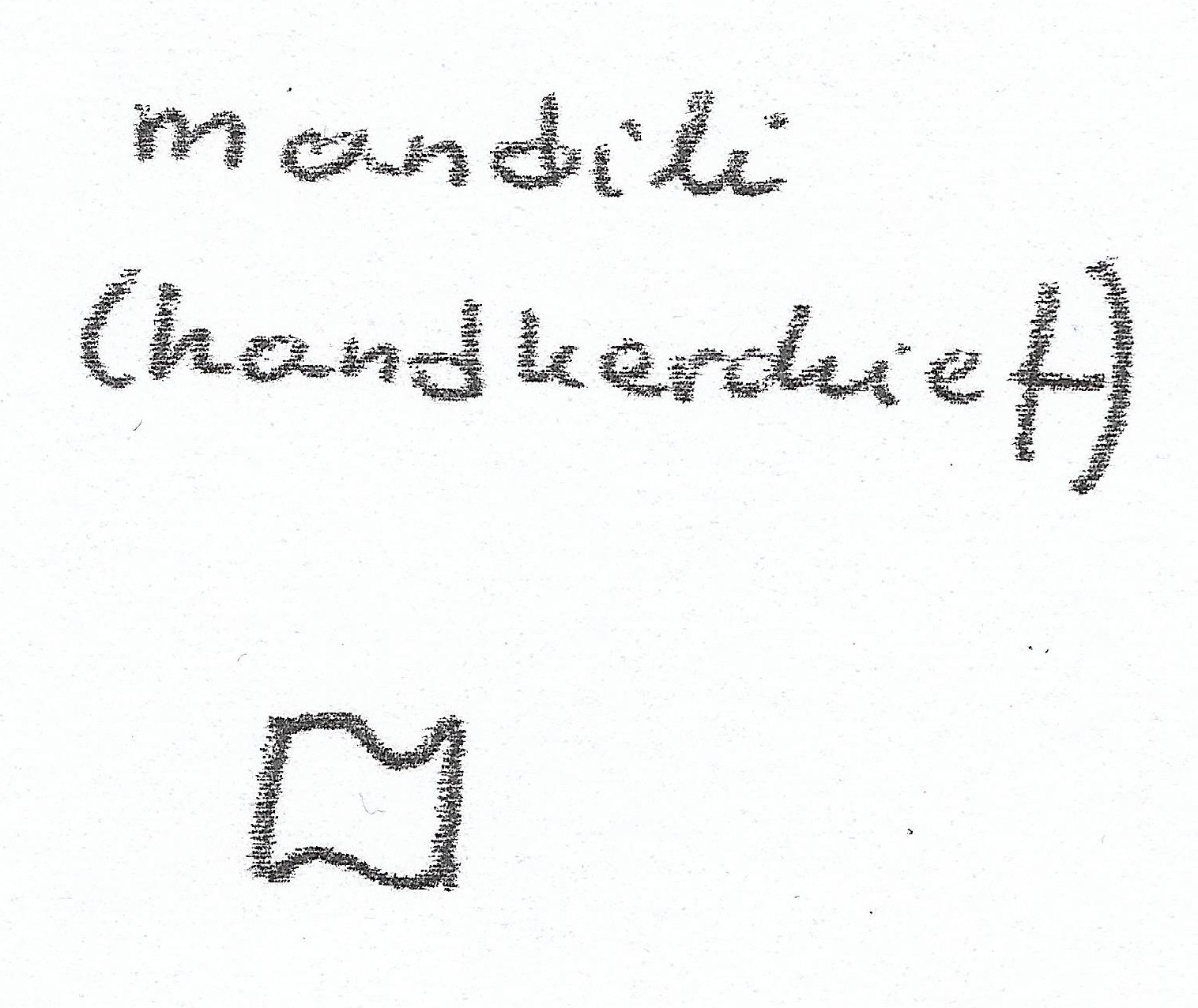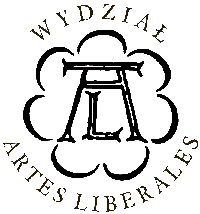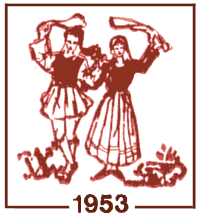| Testimony of: | kerchief |
| Source | Τζινίκου-Κακούλη 1979, 280 (in EEH, sv. μαντίλι, p. 368-369) |
| Original text | Τα αρραβωνιασμένα κορίτσια χόρευαν στ' αλώνια τον κυριακάτικο χορό. Με τους φίλους του μετά από λίγο κατέφθανε κι ο αρραβωνιαστικός. Η κοπέλα, που παρά τα αυστηρά ήθη δεν έπαυε να είναι και γυναίκα, με πονηριά και φιλαρέσκεια άφηνε τάχα να της πέσει το μαντήλι. Αυτό περίμενε και το παλληκάρι. Εσκυβε ιπποτικότατα, της το πρόσφερε κι εύρισκε την ευκαιρία, αν ήταν πολύ τολμηρός και κανείς δεν τους παρατηρούσε, να της χαμογελάσει γλυκά και να της χαϊδέψει τρυφερά και απαλά την ... άκρη απ' τις πλεξούδες της! Στους μεγάλους όμως δημόσιους παλλαϊκούς χορούς, η κόρη με επιμέλεια κρυβόταν απ' τον αρραβωνιαστικό και τα πεθερικά της. Συνήθως δεν χόρευε. Μα κι όταν χόρευε, περνώντας από μπροστά τους χαμήλωνε στη γη το βλέμμα κι έσκυβε με σεβασμό το κεφάλι για να εκφράσει τη βαθιά υπόληψη στην οποία τους είχε. |
| English translation | The engaged girls were dancing the Sunday dance on the floor. The groom joined them after some time, together with his friends. The girl, who after all was also a woman, despite the strict customs, with cunningness and coquetry let her kerchief fall on the floor. The lad would wait for just that moment. He would courteously bend down, hand the kerchief to her and await his fortune. If he was very bold and nobody was watching them, he would manage to smile to her sweetly and caress with affection... the end of her braids! However, in great public dances, the girl was carefully hiding from her fiancé and her in-laws. Usually she did not dance. But if she did, she would lower her gaze to the ground while passing by them and bent her head with respect to show the profound esteem she held for them. |
| Time/occasion of occurence | wedding |
| Region of occurence | Velvetos, Kozani - Show on map |
| Function | technical/auxilary, symbolic, |
| Comment | Tsakones (ethnic group) |
| Symbol in Kinetography score |
|


